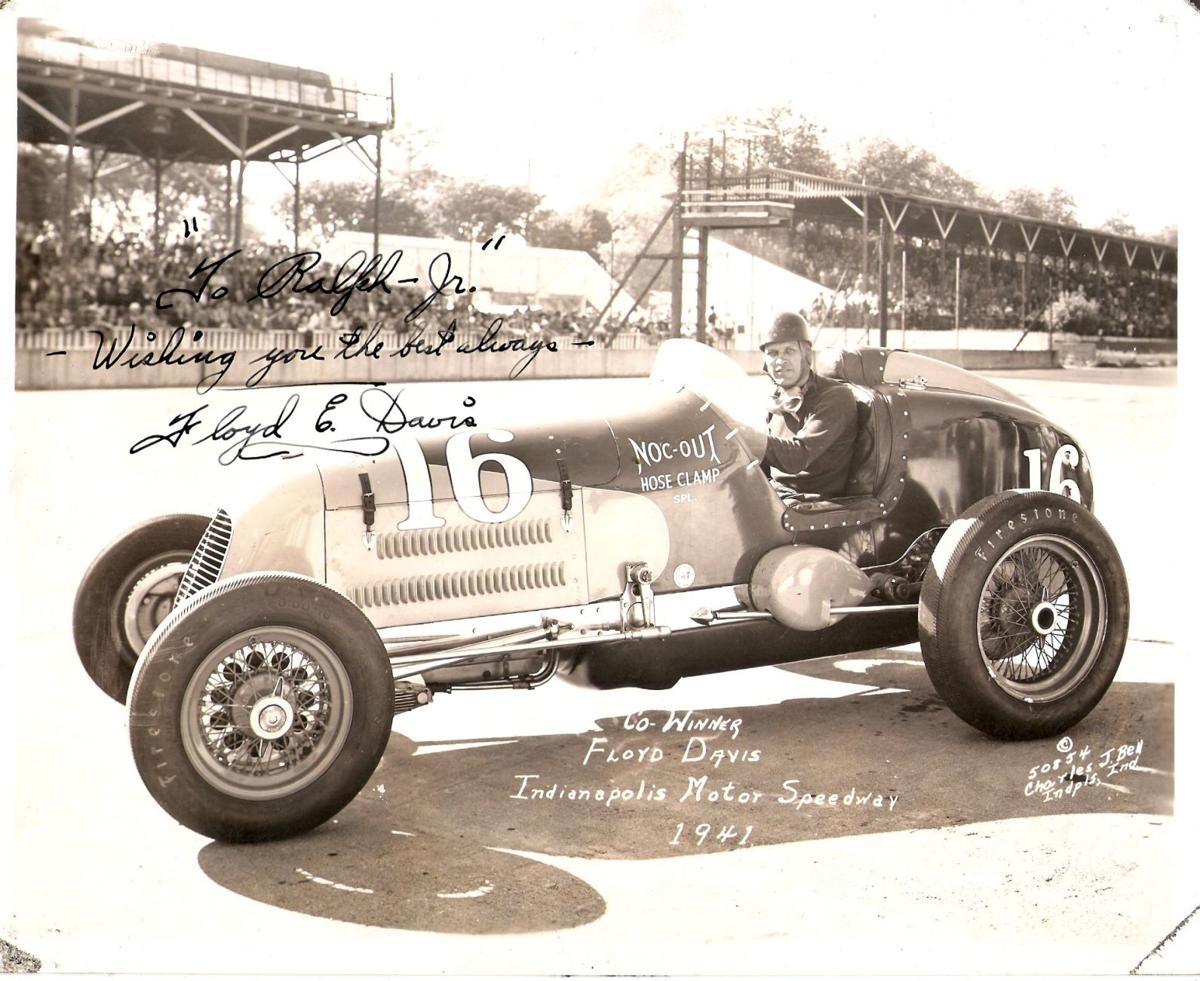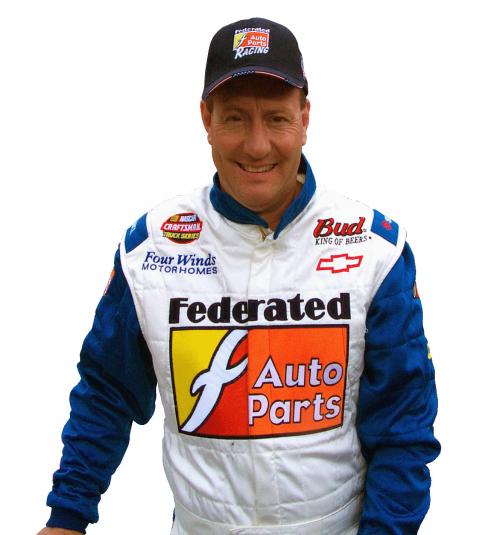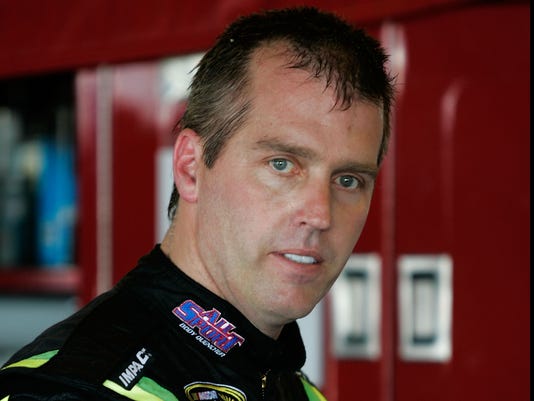March 5, 1909 - May 31, 1977
Floyd Davis
(Photo; nuvo.net)
Born in Oakford, Illinois, USA.
Davis was the co-winner of the 1941 Indianapolis 500. He drove the first 72 laps of the race before being replaced by Mauri Rose, who completed the race in the lead. Davis had been driving the Noc-Out Hose Clamp car for sixty laps, moving from 17th to 12th place when team mate Mauri Rose, the pole sitter, began experiencing problems with his car, the Elgin Piston Pin. The films show that he wasn’t too happy when at lap 72, team owner Lou Moore pulled Davis from his car and replaced him with Rose. “I was ready to go into the lead when they called me in,” he later joked.
That is exactly though what Rose did do, winning the first of his three 500 championships, and earning Davis an asterisk in the history books as a co-winner, despite the fact that he never led a single lap in any of his races. And though Davis received a 50-50 split of the prize money, he never drove in another 500, some say because of his disgust in having been relieved. His serving in the U.S. Navy during World War II might also have had something to do with his leaving racing.
He had driven in three previous 500s, coming in 15th in 1937, 27th in 1939, and 20th in 1940.
Floyd Davis died in Indianapolis, Indiana on May 31, 1977. He is buried at Crown Hill Cemetery in Indianapolis.
(Photo; pinterest.com)













